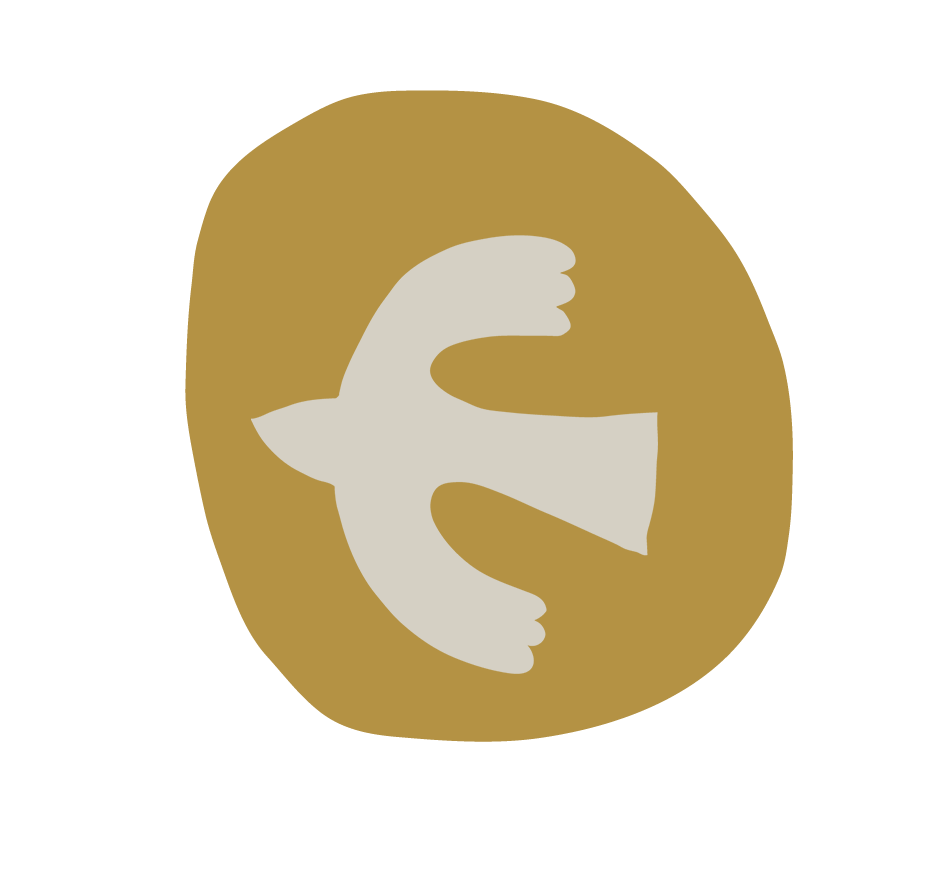ABOUT MAB LAB
This publication presents findings from the Nordic Council of Ministers - Nordic Working Group for Biological Diversity funded project MAB LAB: Man, and the Biosphere - Local Actions for the new global framework for Biodiversity. The project is based on a fundamental ambition to foster and support local solutions to global challenges by increasing the number of UNESCO biosphere reserves in the Nordic region.
This aim of the project has been to "translate" the new global biodiversity framework (Kunming-Montreal Global Biodiversity Framework) into a local context to create ownership, anchoring and action in local communities. The focus is on increasing interaction and readiness to work with the biodiversity targets at local, national, and Nordic level. The global biodiversity framework adopted at COP15 in 2022 aims to halt and reverse nature loss by 2030 and offers a new global framework for biodiversity. With this framework approved, work starts on the implementation and thus the realization of the framework's objectives.
The overall objective of the MAB-LAB project is to contribute to catalyzing the readiness of the Nordic countries for the work of implementing the new global biodiversity framework. The main findings of the project are presented in two publications:
- A translation of the global biodiversity framework (Kunming-Montreal Global Biodiversity Framework) into a local context having the Nordic biosphere reserves as case.
- A guide to prepare for and overcome barriers to the establishment of new biosphere reserves.
This publication is the translation of the global biodiversity framework into the context of UNESCO Biosphere reserves.

Partners and execution
The MAB LAB project has been developed through a Nordic collaboration involving the following actors:
Denmark: Møn Biosfæreområde (Katrine Dietrich)
Sweden: Vattenriket, Kristianstad (Carina Wettemark) Johanna MacTaggert, National coordinator for the Swedish MAB-program.
Norway: Nordhordland Biosfære (Kari E. Natland), The Norwegian Biosphere Committee (Eva Hauge Fontaine).
Finland: North Karelia Biosphere reserve (Vilma Lehtovaara), Skärgårdshavets biosfärområde (Katja Bonnevier)
Island: Snaefellsness Regional Park (Ragnhildur Sigurðardóttir)
The work was led by Katrine Dietrich (Møn Biosphere, DK) and the report was prepared with help from Mads Randbøll Wolff, Sustainability 2030, Nikolaj Sveistrup, URBAN AGENDA and Kari E. Natland (Nordhordland Biosphere, NO).